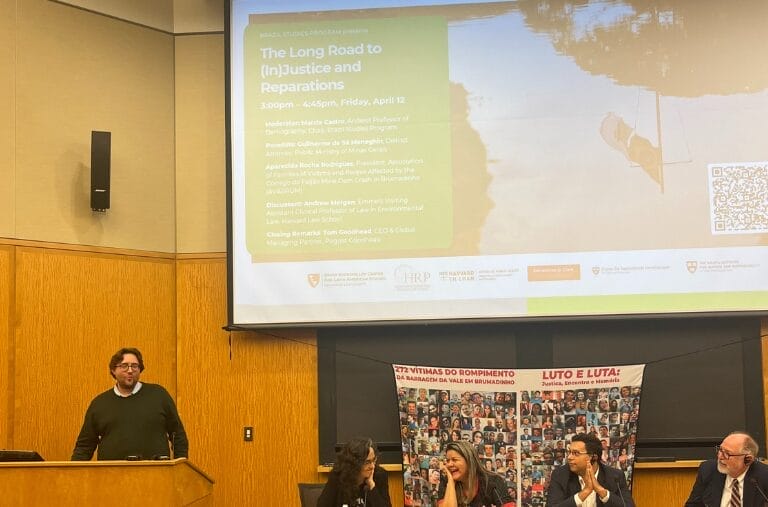On 11 January 2024, the Supreme Court passed a landmark judgment (Paul v Royal Wolverhampton). The judgment sets out a definitive approach for secondary victims claiming for psychiatric harm in a clinical negligence context.
Facts of the conjoined cases – Paul, Polmear, and Purchase
Paul, Polmear and Purchase (the “Paul case”) all stemmed from the victims witnessing the death of a loved one which was alleged to have been caused by an act of medical negligence.
Each case involved an alleged failure to diagnose and treat a serious medical condition which led to the deaths of the primary victims. The relatives, upon witnessing the distressing death, or the immediate aftermath, of a loved one, suffered psychiatric injury and pursued a claim for compensation from the alleged negligent doctor for their psychiatric injury.
Paul: Mr Paul’s two young children witnessed their father die from a fatal heart attack. Mr Paul developed a heart attack 14 months after his doctor failed to diagnose and treat his disease.
Polmear: A seven-year-old child collapsed at school seven months after the alleged clinical negligence. The parents of the child unsuccessfully resuscitated the child, both parents developed post-traumatic stress.
Purchase: Ms Purchase died three days after the alleged clinical negligence. Her mother found her lying motionless on her bed. She discovered a missed call from her daughter that contained the sound of her daughter’s dying breaths. Her mother, the claimant in this appeal, sustained post-traumatic stress disorder, severe chronic anxiety, and depression.
The significance of the judgment
Prior to this decision, there were no coherent legal principles that governed secondary victim claims in medical negligence.
The leading authority in this area involved the case of Alcock v Chief Constable of South Yorkshire following the tragic events that unfolded in the Hillsborough football stadium disaster which resulted in 97 deaths and hundreds of injuries.
The general rule arising from Alcock is that a third party does not have an entitlement to claim for psychiatric injury as a result of witnessing death or serious injury to another – unless the third party:
- has a relationship of love and affection with the primary victim;
- has come across the “immediate aftermath” of the event.
- is of reasonable fortitude; and
- has a direct perception of the harm to the primary victim.
This meant that to bring a secondary victim claim, the claimant must have witnessed an accident or its aftermath.
“Accident” in this context means an unintended and unexpected event caused by a violent external event, such as a road traffic accident.
The claimants in the 3 cojoined cases before the Supreme Court argued that the ability to claim as a result of witnessing the death or serious injury of a loved one should be extended to medical negligence cases, where a patient has died due to a doctor’s negligence.
This was the first time this issue had reached the Highest Court and presented an opportunity to scrutinize the existing law governing this area as previous decisions had resulted in inconsistent decisions. Despite the grave sympathy expressed by the Court to the families of the victims, the Court dismissed all 3 secondary victim appeals.
Arguably the effect of this decision is effectively to bar all secondary victim claims in a medical negligence claim. This is a disappointing judgment for claimants.
Rationale behind the judgment
In order to determine if secondary victims in medical negligence cases were precluded from recovering damages, the Court examined the facts of the cases using two approaches:
How wide is the scope of a doctor’s duty of care?
The Court found it would be wrong to extend the duty of care to a family member and was beyond reasonable contemplation. Policy considerations were pivotal to the decision as it was felt that widening the scope of a doctor’s duty could open the floodgates to litigation from family members which they felt would be a stretch too far in terms of the duties owed.
This also poses a risk of impacting the decision-making process when it comes to end-of-life care as doctors may fear potential legal liability and refuse to allow relatives to sit with a patient during their dying moments when negligent treatment has occurred.
Are clinical negligence cases analogous to personal injury cases?
The Court drew a distinction between accident cases and medical negligence cases.
In a clinical negligence setting there is often no discrete event comparable to an accident, unlike a road traffic accident where a person is killed at the scene. If a person unexpectedly collapses and dies after suffering a cardiac arrest, such an event can be identified with the same degree of certainty as an accident. But the length of time for which symptoms of injury or disease occur in a person is entirely variable. This gives rise to uncertainty about what qualifies as an ‘event’ capable of founding a claim.
Furthermore, the extent to which witnessing an illness of a close family member is considered to be traumatic is also variable thereby increasing legal uncertainty.
The Court emphasized the need to draw a line when it came to liability and upheld a robust view on the scope of a clinician’s duty. We are disappointed that this judgment effectively closes the door to family members who have witnessed the trauma of losing their loved ones due to negligent care.
Who can now access remedies as secondary victims?
Currently, remedies are now limited to family members who are present at an accident, who witnessed the accident and who have a close tie of love and affection with the primary victim. In the context of a hospital, there is no clarity as to what might constitute an “accident”.
In the case of a stillbirth, a mother can claim as a primary victim however it’s uncertain where this will now leave the father. It would appear unlikely that he would be entitled to make a claim, despite being just as traumatic an event and as just as affected as his partner.
This ruling will also affect family members who have sustained psychiatric harm upon witnessing their loved ones take their lives after suffering from negligent mental health care from taking action.
There is no denying that the third parties in the above cases have all suffered. But the law has now been clarified by the highest court. Without legislative authority to change this area of law, it provides little or no recourse in cases of medical negligence for secondary victims. The rationale behind the approach adopted by the Court highlights some understandable policy concerns. It highlights the necessity for certainty in decision-making and the need to prevent undesirable behavior from medical practitioners. However, the law fails to adequately address the grievances of close family members and the unfairness in the situation that they are forced to accept.
Pogust Goodhead comment
Lisa Lunt, Partner at Pogust Goodhead said: “I have dealt with many successful secondary victim claims, often for the father in a stillbirth case, or for parents where a child has died as a result of negligent treatment. I am desperately sad that those victims will now go uncompensated. I see them as no less deserving than other victims of medical negligence.
This was an opportunity for the Court to settle the law in this area. Whilst that’s largely been achieved, I’m disappointed that it has not gone in the victim’s favor. I agree with the dissenting judgment of Lord Burrows that the relevant event should be the death of the primary victim.
“I also agree with Lord Burrows that to avoid any arbitrary line drawing it would now be necessary to impose a general duty of care where it was reasonably foreseeable that psychiatric illness would be caused to the secondary victim. This will require legislative reform.”








